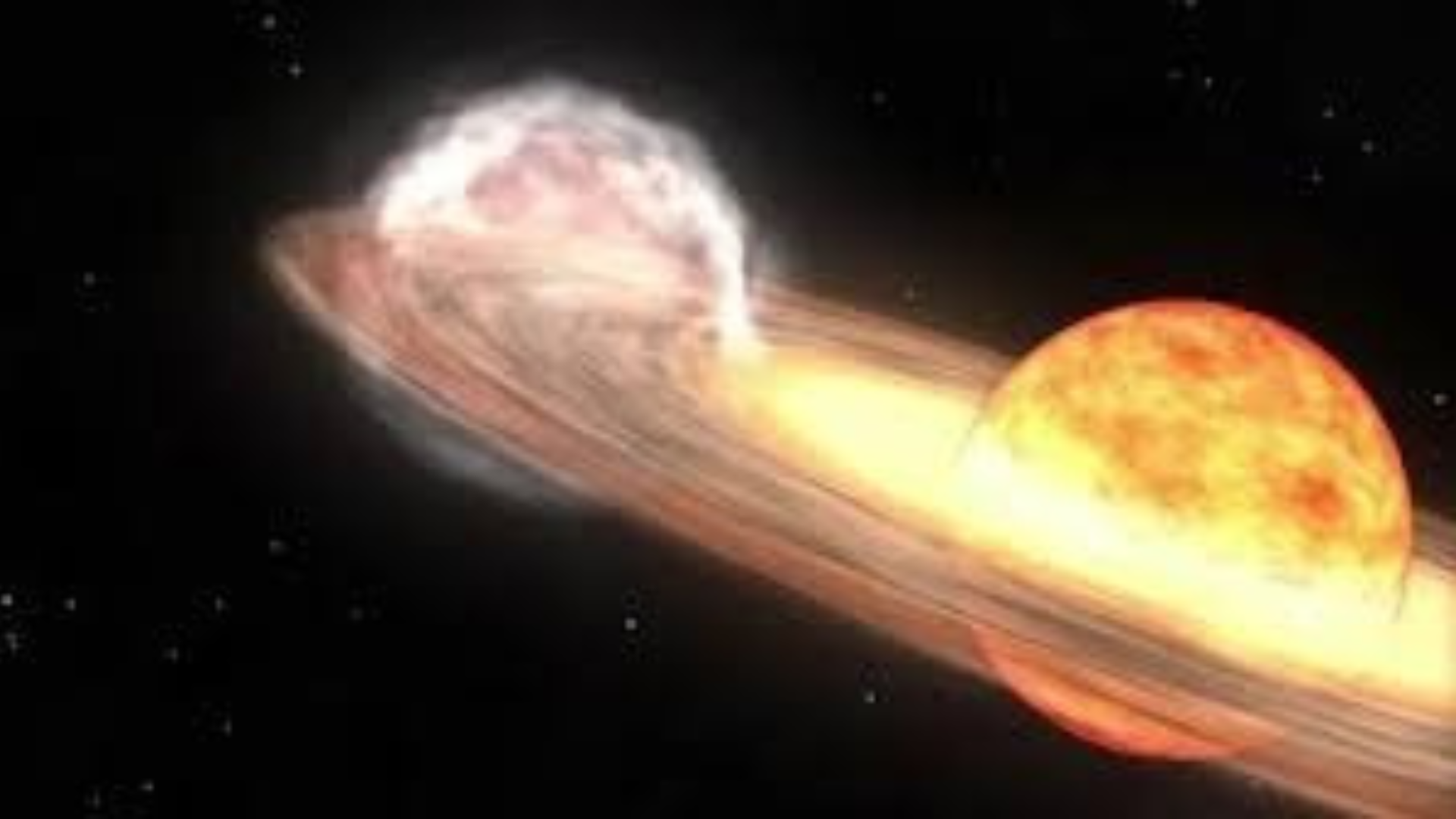Today, March 27, 2025, could see the much-anticipated Blaze Star explosion light up the night sky. The Paris Observatory’s Jean Schneider and other astronomers have been keeping a careful eye on the binary star system T Coronae Borealis (T CrB) in anticipation of a possible nova.
Why March 27, 2025?
Schneider’s research, published in the American Astronomical Society’s notes last October, used previous explosion dates and the orbital data of the binary system to predict two possible nova dates — March 27 and November 10, 2025.
This marks 79 years since T CrB’s last eruption in 1946, following a consistent historical pattern.
Understanding T Coronae Borealis
- Recognizing T Coronae Borealis Distance: The Northern Hemisphere is 3,000 light-years away from Earth.
- A white dwarf and a red giant star make up the binary system.
- Nova Trigger: Every 79 years, a huge thermonuclear explosion occurs when the white dwarf takes hydrogen away from the red giant.
Is the Explosion of the Blaze Star Visible?
The star will shine as brilliantly as the North Star for several days if the explosion happens, making it visible without telescopes. For optimal viewing:
- When: This evening at around ten o’clock local time.
- Where: Turn your head to face the North Hemisphere.
- A dazzling, luminous flash in the sky is what to expect.
What If It Doesn’t Happen?
While the chances are high, Schneider has also suggested two alternate dates — November 10, 2025, and June 25, 2026.
Source: Hindustan Times
